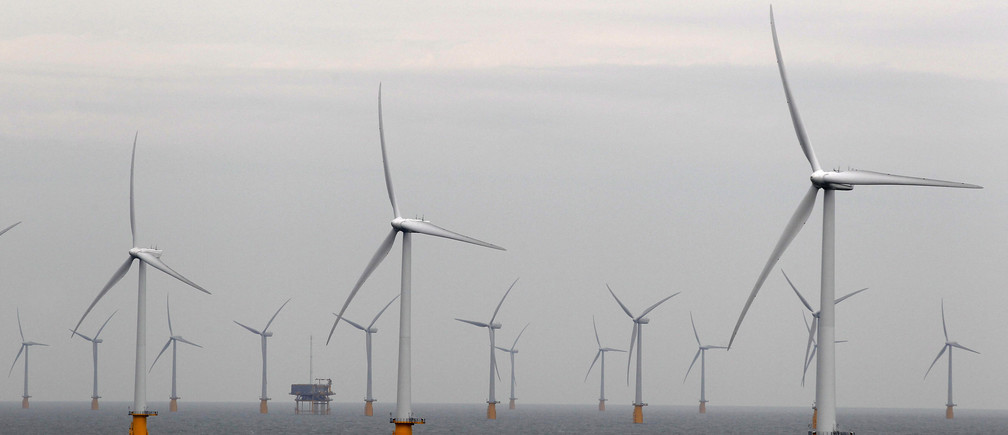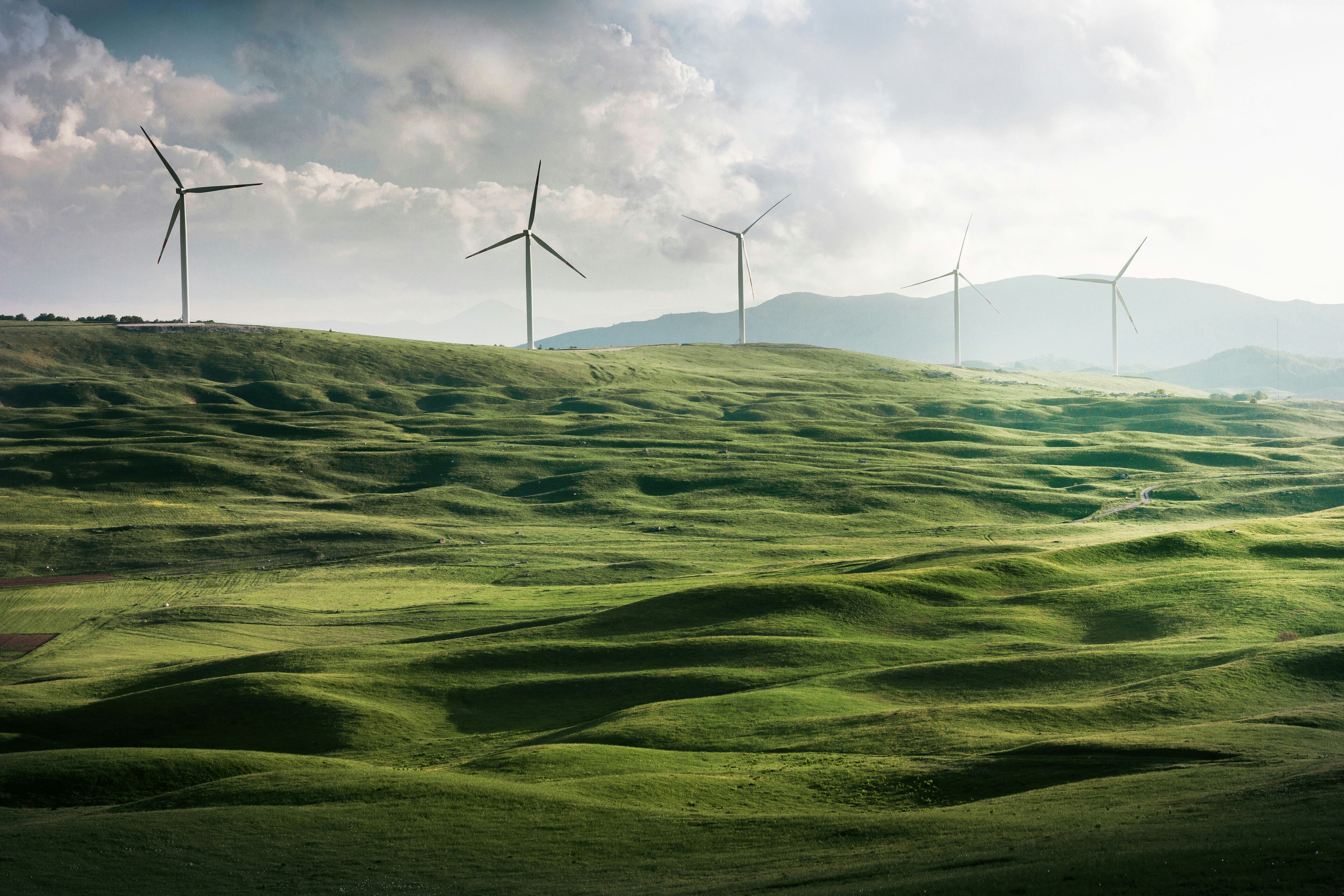Investors are ready to partner up on climate change

Stay up to date:
Institutional Investors
A recent UN report on Trends in Private Sector Climate Finance gave a very upbeat message in the run-up to COP21: the finance community is very much emerging as a partner in the challenge of responding to climate change.
Furthermore, there is broad consensus that capital, in a low-interest rate environment, is abundant and ready to be deployed into climate finance and energy infrastructure.
Back in 2010, PensionDanmark was one of the first pension funds to make direct investments in offshore wind farms. The market for wind-farm investments has since evolved tremendously. Hence, we already in early 2013 ventured into investment in bio-mass power plants and have continued to look for other assets within this space, including grid infrastructure.
As a conscientious investor, we also emphasize sustainability in the real estate investments. Not only as a consideration to the climate, but because sustainability enhances the attractiveness of the properties. In the end, this contributes to securing good and stable returns.
But the report also throws down the gauntlet for political decision-makers. There is a golden opportunity to both deepen and broaden the partnership. Policy-makers need to increase demand for low-carbon, climate-resilient investment. And they need to embrace public-private partnerships in a much more pro-active way than has previous been seen.
In December 2014, the OECD put out a lengthy – but easily read – report about institutional investors and sustainable energy infrastructure. In the report they laid out a number of very useful policy recommendations that should inspire all working in the field. Policy-makers looking for guidance and practical ways to get the ball rolling can begin there.
Climate finance can be complex. But if we want investments in renewable and low-carbon technologies and infrastructure to really take off, private finance is a necessary partner for public finance.
The Danish Climate Investment Fund is an example of public finance setting the scene for private finance. By using a blended finance approach, the climate fund is able to mitigate part of the political and regulatory risk that institutional investors as pension funds cannot bear themselves.
The Danish state and IFU (the Danish Investment Fund for Developing Countries) has committed €70 million to the fund, while a group of Danish institutional investors has committed €97 million. Along with other sources of financing, it is expected that the impact of the fund will be in the magnitude of €1.2 billion. This really shows the massive impact blended finance can have when public support is there.
So far this has led to investments in the Lake Turkana wind farm in Kenya and rooftop solar panels in the Maldives. Elsewhere, the IFC is also doing commendable work on blended finance leading to new and innovative ways of financing a transition to a low-carbon economy. IFC estimates that $281 million deployed by the blended finance unit has ballooned to $3.7 billion in investments by drawing in private capital from other sources.
In IFC’s own words: “Blended finance can take the form of a variety of products and structures, including risk-sharing products, lower interest rates, longer tenors, subordinated rank in loans, or lower returns for equity investments.” The main goal is to decrease the risk for private investors by using public financing in an intelligent way in the capital structure and thereby ultimately increasing the amount of private capital available for these type of projects.
But for these approaches to really make a difference, decision-makers must be willing to undertake and increase the scale of these approaches.This is something the decision-makers at the COP21 should bring to the negotiations.
This is not only a challenge to the decision-makers at the summit in paris, it is also a challenge for decision-makers in governments all over the world. To reach the investments needed to limit climate change, governments must look at public projects in general and rethink the setup to maximize the impact by bringing private finance in to the projects.The same can be said for public procurement that can also contribute substantially to climate change solutions, not only directly but even more byh helping change the overall sentiment.
Let us all hope for a good workable result from the COP that sets a direction for a low-carbon future.
Author: Torben Möger Pedersen, CEO, PensionDanmark
Image: Wind turbines are seen at Thanet Offshore Wind Farm off the Kent coast in southern England September 23, 2010. REUTERS/Stefan Wermuth
Don't miss any update on this topic
Create a free account and access your personalized content collection with our latest publications and analyses.
License and Republishing
World Economic Forum articles may be republished in accordance with the Creative Commons Attribution-NonCommercial-NoDerivatives 4.0 International Public License, and in accordance with our Terms of Use.
The views expressed in this article are those of the author alone and not the World Economic Forum.
Related topics:
Forum Stories newsletter
Bringing you weekly curated insights and analysis on the global issues that matter.
More on Economic GrowthSee all
Robert Opp and Keyzom Ngodup Massally
April 4, 2025
Henrik Hvid Jensen
April 3, 2025
Aaron Schumm
March 31, 2025
Alexis Crow
March 28, 2025
Katerina Labrousse and Rhea Hamilton
March 25, 2025





